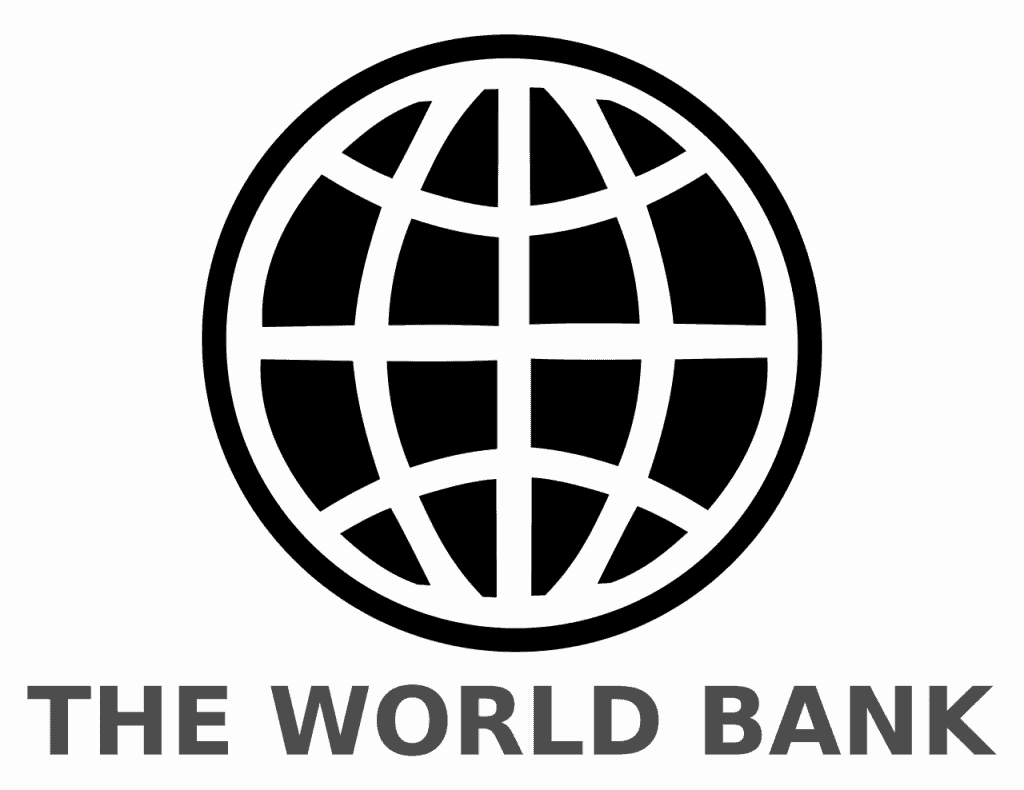With rising cases and uncertainties on recovery, World Bank to revise India’s contraction estimates. The World Bank evaluates India’s GDP contraction above 3.20%.
Revision of Contraction India’s GDP
In ‘India Development Update’ for July 2020, World Bank revealed that it might project a steeper contraction for India. It said that it is likely to revise its previous estimates of GDP contraction considering the re-imposition of restrictions in several districts of India. The report noted that planned disinvestment plans would proceed slowly due to unprecedented financial market volatility. Consequently, the fiscal deficit and debt of the central government will rise in the next two years. The organization projected the Indian economy to contract by 3.2% in FY 2020-21.
Further, it added that though rebound is expected, it will take place gradually in the next financial year. The pandemic has not only affected the current growth, but it has also lowered down the prospects for potential growth. The organization would release its projections in October 2020.
Investing in Infrastructure and Human Capital Will Help
World Bank Country Director, Junaid Ahmad, said that investing in infrastructure, labour, and land, human capital will help the country to better respond to uncertainties. It will also help to take advantage of any global shifts.
Government Debt-to-GDP Ratio to Peak at 89%
The Bank further mentioned the new opportunities for diversification of MNCs away from China. However, it said that it must not include the use of tariffs as the trade policy must be an enabler. Also, it projected the general government debt-to-GDP ratio to peak at 89% in FY23 with a gradual decline after that.
Risk of Slipping Back to Poverty
The report mentioned that several households are at risk of slipping back into poverty owing to reduced consumption levels. Besides, migrants and urban poor are at risk of exclusion from the six social assistance programs as none of them are portable. As a result, the shock will transmit to rural areas through a drop-in demand.
In all, the rising cases and local lockdown will cause the demand to lag, making the recovery difficult.

